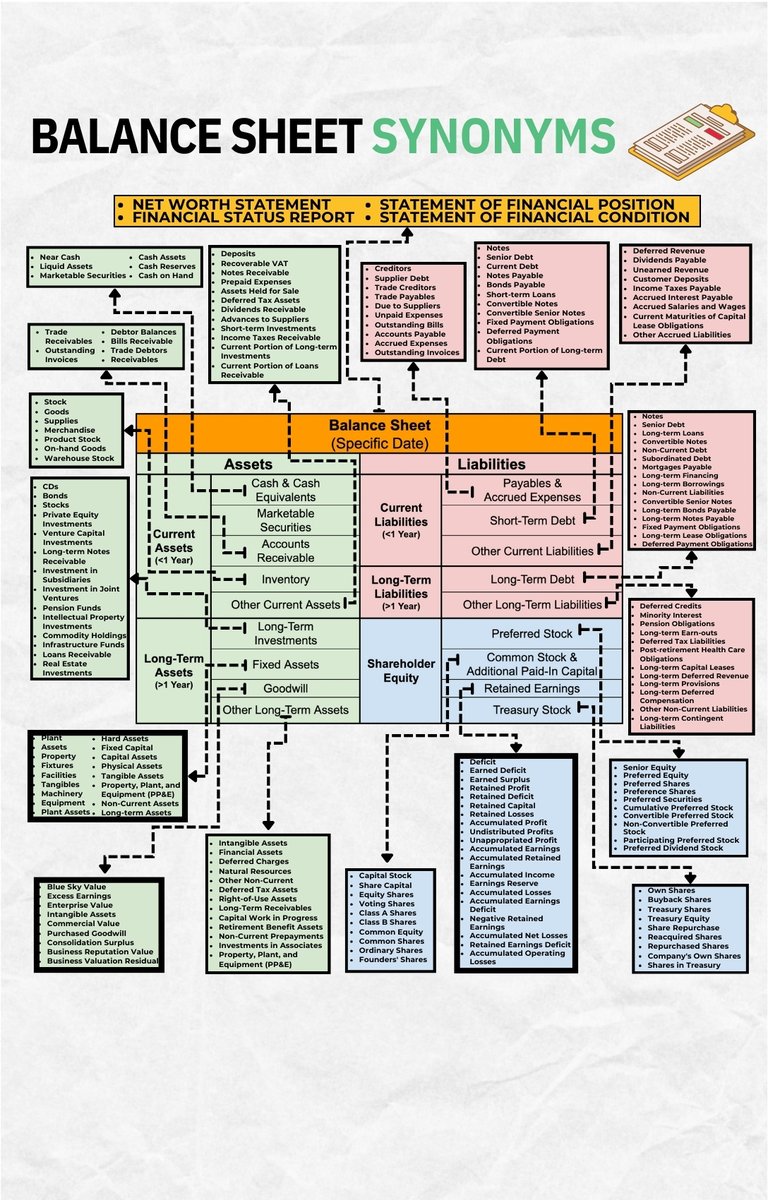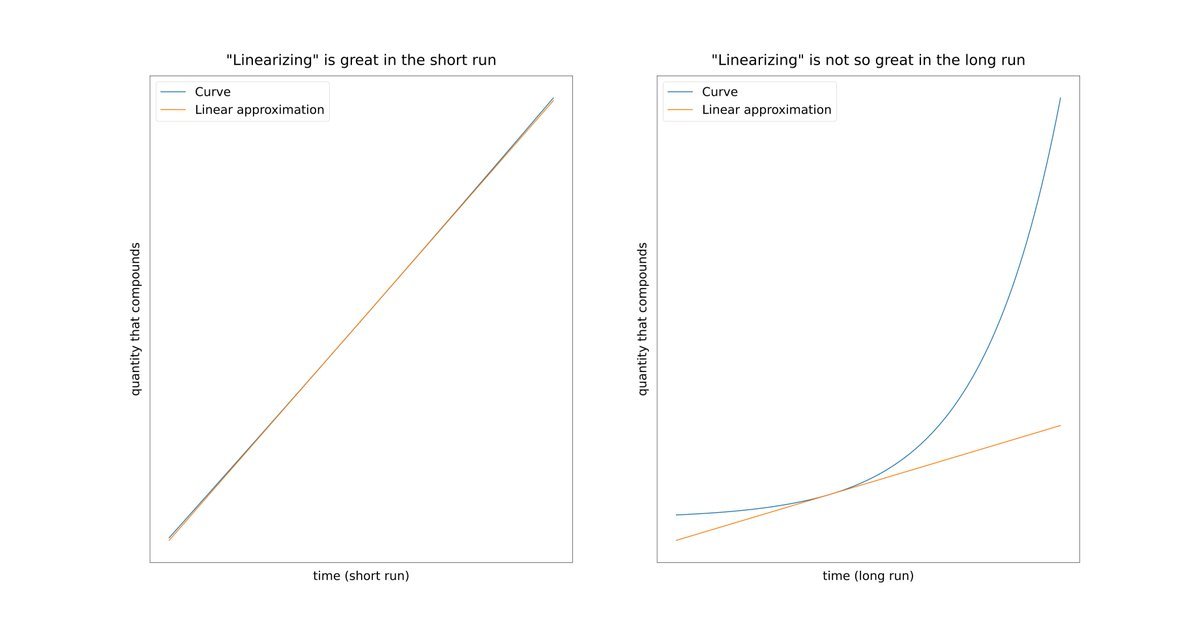Books
Personal finance:
Choose FI
You Money or Your Life
The Wealthy Barber
The Richest Man in Babylon
Think and Grow Rich
Rich Dad, Poor Day
The Millionaire Next Door
The Millionaire Mind
Stop Acting Rich
Personal finance:
Choose FI
You Money or Your Life
The Wealthy Barber
The Richest Man in Babylon
Think and Grow Rich
Rich Dad, Poor Day
The Millionaire Next Door
The Millionaire Mind
Stop Acting Rich
Investing:
Motley Fool Investing Guide
Little Book That Builds Wealth / Beats the Market
You Can Be A Stock Market Genius
One Up on Wall Street
Intelligent Investor
Magic Formula Investing
Margin of Safety
Common Stocks & Uncommon Profits
A Zebra in Lion Country
Motley Fool Investing Guide
Little Book That Builds Wealth / Beats the Market
You Can Be A Stock Market Genius
One Up on Wall Street
Intelligent Investor
Magic Formula Investing
Margin of Safety
Common Stocks & Uncommon Profits
A Zebra in Lion Country
Biographies:
Snowball - Alice Schroeder
Accounting:
Warren Buffett & Interpretation of Financial Statements
How to Read a Financial Report
Quality of Earnings
Snowball - Alice Schroeder
Accounting:
Warren Buffett & Interpretation of Financial Statements
How to Read a Financial Report
Quality of Earnings
Wall Street:
Confessions of a Street Addict
Education of a Speculator
Flash Boys
The Big Short
Liar’s Poker
Money Ball
Confessions of a Street Addict
Education of a Speculator
Flash Boys
The Big Short
Liar’s Poker
Money Ball
• • •
Missing some Tweet in this thread? You can try to
force a refresh


















